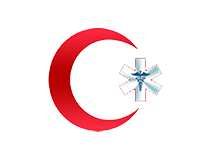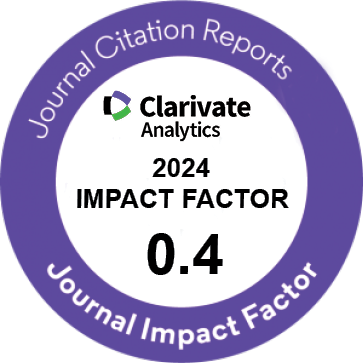| Original Article | |
| The Development and Validation of a General Occupational Safety Scale for Employees Across Sectors | |
| Ozlem Isik1, Kazim Yalcin Arga2 | |
| 1Department of Occupational Health and Safety, Vocational School, Istanbul Bilgi University, Istanbul, Türkiye 2Occupational Health and Safety Program, Institute of Pure and Applied Sciences, Marmara University, Istanbul, Türkiye |
|
|
CJMB 2025; 12: 072-078 DOI: 10.34172/cjmb.2025.3750 Viewed : 1433 times Downloaded : 1301 times. Keywords : Occupational Safety Scale, Validity, Reliability, Scale development |
|
| Full Text(PDF) | Related Articles | |
| Abstract | |
Objectives: Identifying the needs and areas for improvement in occupational safety for emergency and disaster management workers will facilitate easier management of occupational safety during emergencies. The aim of this thesis is to establish the structure of occupational safety among emergency and disaster management workers and to measure their perception of the safety climate. Materials and Methods: The study involved 250 emergency and disaster management workers in Istanbul. A pool of 100 questions was created by reviewing the literature on occupational health and safety performance. Following in-depth discussions with a team of experts and adhering to the stages of survey and scale development literature, the Occupational Safety Scale (OSS) was developed. Participants were asked to fill out a personal information form, the OSS survey, the Safety Climate Scale (SCS) survey, and the Job Satisfaction Survey. Comparative results were evaluated by examining these relationships. Results: According to the factor analysis results, the six-factor structure of the OSS is reliable at the 0.91 omega level. The alpha coefficient of the sub-factors of the scale varies between 0.76-0.89. As a result of the analysis, it was determined that the OSS is valid and reliable. Factors associated with the OSS were age, job experience, education level, and profession. Factors associated with the Job Satisfaction Scale were age, job experience, profession, and gender. Factors influencing the SCS were education, age, profession, and gender. Other relationships and influencing factors were also examined. Conclusions: In conclusion, this study aimed to reveal the structure of occupational safety among emergency and disaster management workers. During this process, a valid and reliable OSS, which can be used for both emergency disaster management and other sectors, was developed. |
Cite By, Google Scholar
Online Submission System
 CJMB ENDNOTE ® Style
CJMB ENDNOTE ® Style
 Tutorials
Tutorials
 Publication Charge
Medical and Biological Research Center
About Journal
Publication Charge
Medical and Biological Research Center
About Journal
Aras Part Medical International Press Editor-in-Chief
Arash Khaki
Deputy Editor
Zafer Akan


















